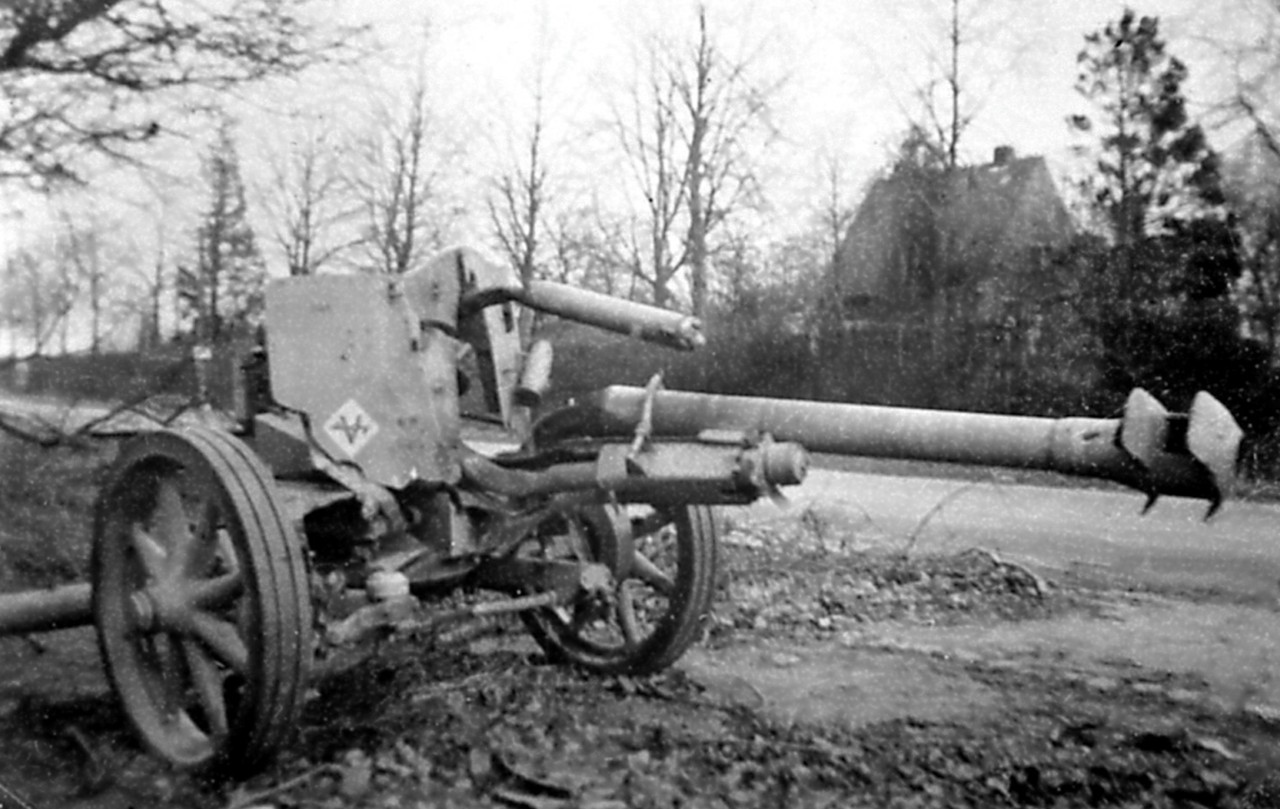On Saturday, October 28, 1944, after heavy fighting, Loon op Zand has finally fallen to the Highlanders. But the task took too long for the commander of the 51st Highland Division, Major General Tom Rennie. Worse, the German defenders have escaped to the next village, Kaatsheuvel. Rennie decides not to give them any respite. The 5th Battalion of the Black Watch is ordered to continue the advance during the night.
Night attacks are rare in the British Army and unpopular. Infantry, the foot soldiers, have no support. Tanks are far too vulnerable in the dark and guns cannot see their targets. The battalion leaves Loon op Zand at ten o'clock. It is going to be a nerve-wracking advance along the main road to Kaatsheuvel. Going in fits and starts, the Black Watch follow the road, a distance of barely three kilometres. At dawn, the Scots are near De Horst on the edge of Kaatsheuvel. In the semi-darkness they spot two guns. Soon it is light and a group of tanks arrives to help the infantry. After a brief firefight, the German guns are knocked out, but the opposition has left the Scots reeling.
As a result, prior to the attack on Kaatsheuvel itself by the 5/7th Battalion of the Gordon Highlanders, a short but fierce bombardment is carried out. In fifteen minutes, 8,000 shells land in the village. The material damage is considerable and 34 people are killed, dozens are wounded. Even then the capture of Kaatsheuvel takes all afternoon. Not until darkness falls do the last Germans disappear.
The local windmill, De Couwenberg, six hundred meters from De Horst, is also badly damaged; it presumably served as a German observation post. A V-1 crashing nearby delivered the final blow on December 18, 1944, turning the mill into a ruin. Two people lose their lives in the process. Only in 1994 did restoration of the mill begin. Today it houses a restaurant. In the walls you can still see the damage caused by shellfire.
